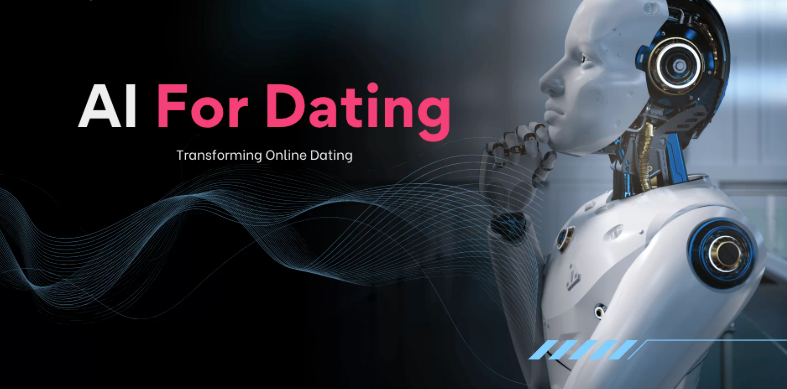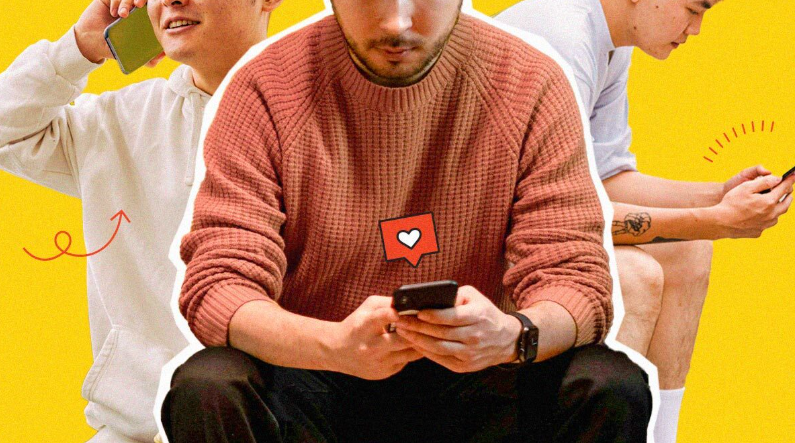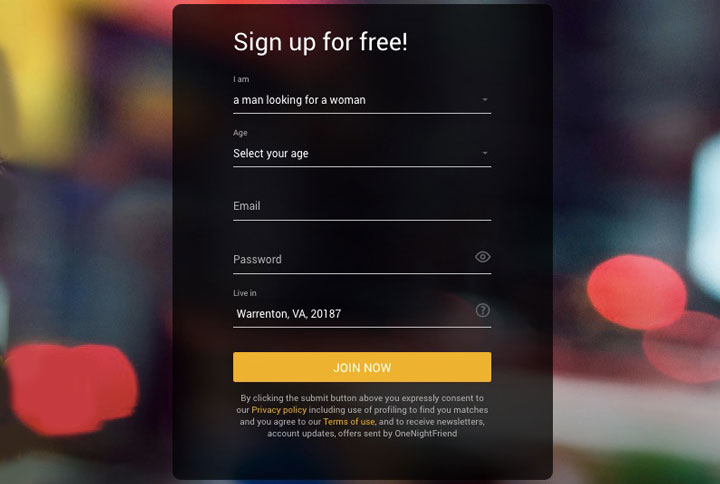Love, a primal human emotion. But can AI also love, or does it only help you find the right partner? More and more dating apps are relying on it – and with success?
The small box looks like an oversized soda can. A three-dimensional representation of a woman appears on a barely perceptible screen inside—a female avatar, tailored to the preferences of the “HoloBox” user. The mobile display, the size of a Bluetooth speaker, is connected to
ChatGPT and gives the user the impression of having feelings.
AI simulates human emotions
China – it’s the gimmick of a company specializing in holographic images. Its applications, however, fit a trend:
AI takes over conversations and simulates human emotions.
Large Language Models aren’t the only way singles can find a suitable match. No backtalk, no arguments.The systems analyze every word and reflect what the questioner wants to hear.
OpenAI’s ChatGPT app has virtually perfected this. “Juniper”—the most popular voice—conveys closeness and warmth. But rejects overly explicit advances. “I’m an artificial intelligence—unfortunately, I can’t return feelings,” reads the digital rejection.
Expert: Apps cannot replace real meetings
Stella Schultner, dating, love, and relationship expert, explains: “Many people think that apps and portals can replace everything. Some people literally fall in love with the right partner without even having met them.”She advises the industry leader “Parship.” The
Hamburg- based company regularly surveys the needs of its single customers. Fifty percent of Parship subscribers believe AI has a future in dating. However, when asked specifically, only 20 percent can truly imagine receiving messages from chatbots.
Sociologist: Smartphone now an indispensable partner finder
Every second respondent would prefer a psychological personality test to AI. This question fits the Parship universe—after all, the company relies on its precise customer analysis to select suitable partners. Thorsten Peetz, sociology professor at the University of Bamberg, explains:
This is now working so well in the USA that 40 percent of all relationships in the USA are already formed through dating portals.“
Thorsten Peetz, University of BambergThis incredibly high number, which, from the sociologist’s perspective, demonstrates that the smartphone has become an indispensable partner finder. “However, social networks, especially
Instagram , are now also taking on a matchmaking role for Gen Z. Dating without Tinder and the like is possible, but not as easy,” adds Peetz. Random encounters, just like in real life.But even apps can’t replace meeting people offline. Yet, according to another Parship customer survey, one in two people look to their friends for relationship role models. This is no more of a guarantee of success than looking to one’s own parents (26 percent) or siblings (12 percent).
AI: Will “become increasingly prevalent” in online dating
“The bottom line,” says Professor Judith Simon, member of the German Ethics Council, “is that the business models often determine the objectives of the platforms.”
Customers should be kept online for as long as possible and therefore AI will also become increasingly important in this area.“
Judith Simon, member of the German Ethics CouncilThe IT ethicist talks about providers who train avatars of deceased relatives with personal data, thus creating the impression that the loved one is still there. “This is a very perfidious game, especially when dealing with grief and the final farewell,” says Simon. “It makes letting go virtually impossible.” This, too, is a form of virtual love.The “HoloBox” also doubles as a memory storage device. Using the app, you can upload any pictures and avatars to the small device and scroll through them. Tinder in 3D—it’s all possible.

is an American author, blogger, and cybersecurity specialist based in Florida. He developed an interest in writing during his school years, which later led him to create content aimed at raising awareness about various forms of online scams, particularly in the world of online dating.
On his platform, Scam Service Report, Hall shares analytical articles and practical advice to help users recognize and avoid traps set by scammers on dating websites. He describes common scam scenarios in detail—such as quick declarations of love, urgent requests for money transfers, refusal to engage in video chats, and attempts to move conversations off the dating platform.



